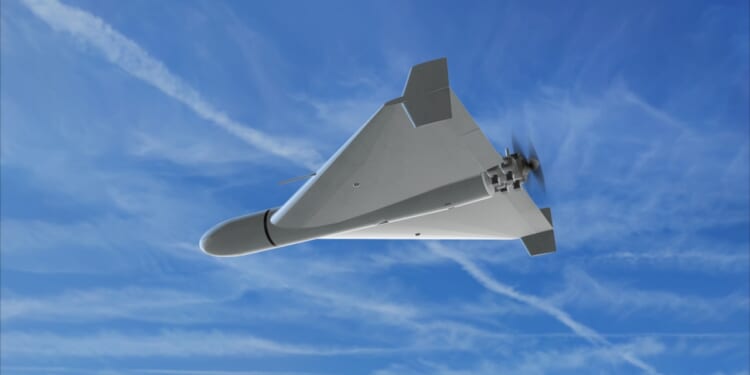In addition to their ubiquity in Ukraine, Iranian-made Shahed drones have popped up in other conflicts—chiefly those fought against Israel by Tehran’s regional allies and proxy groups.
The US military’s need for long-range, one-way attack drones is urgent. According to US Army official Maj. Gen. James Bartholomees, the prominence of drone warfare across the globe is contributing to this increasing demand. Bartholomees, commanding general of the 25th Infantry Division, recently stated that the US Indo-Pacific Command (USINDOPACOM) was “learning from what is happening in Ukraine”—referring to the outsized role that unmanned aerial vehicles (UAVs) have played in that conflict.
Russia’s possession of Iranian-designed lethal drones has heavily contributed to the country’s offensive war efforts against Ukraine. Both Moscow and Kyiv continue to employ drones as part of their respective efforts on the frontlines. While the US appears to be lagging behind in terms of producing lower-end UAVs for conflict, a new launched effects company being stood up by the 25th Infantry Division will work to rectify this shortcoming.
“We absolutely need to build this capability quickly,” Bartholomees said. “We need to test it in our region; we also need to work with our allies and partners to do the same.”
Iran’s Shahed UAVs Have Profoundly Reshaped the Ukraine War
Since drones are cheap to manufacture and provide lethal aerial impact at a fraction of the cost of conventional aircraft and missiles, their growing popularity among state and non-state actors alike makes sense. Since the onset of Russia’s invasion of Ukraine in February 2022, Western intelligence and the Ukrainian government have confirmed the sale, delivery, training, and use of an array of Iranian-designed lethal drones by Russian forces. Images and footage depicting both the Iranian Shahed-136 and Shahed-131 lethal drones used in Russian-launched attacks targeting energy and civilian infrastructure in Ukraine have been well documented.
The Shahed series are referred to as loitering munitions or “suicide” drones. They linger around a target for some time before detonating on impact. Developed by Shahed Aviation Industries, these cheap UAVs have become one of Tehran’s most popular exports. Each drone in this series costs roughly $20,000 to $50,000, but even the most expensive of these cost only a fraction of a modern surface-to-air missile battery. The Shahed-136 is powered by the Chinese-designed MD550 engine, providing a top speed of roughly 185 kilometers (115 miles) per hour.
Russia’s reliance on the Shahed series to carry out its objectives in Ukraine is increasing over time. According to the Center for Strategic and International Studies, “Starting in September 2024, Russia significantly ramped up its use of Shahed drones, increasing from approximately 200 launches per week to more than 1,000 per week by March 2025 as part of a sustained pressure campaign.”
Shahed UAVs Are Seen in the Middle East, Too
In addition to the ongoing war in Ukraine, the two-plus year Israel-Hamas conflict also heavily featured lethal drones. Iran and its regional proxy affiliates, including Hamas in Gaza, Hezbollah in Lebanon, and the Houthi rebels in Yemen have deployed Shahed and similar UAVs as part of their efforts to annihilate Israel.
Although drones had a starring role in Ukraine, their value on the battlefield predates that war by several years. In 2020, UAVs—chiefly Turkish Bayraktar drones—played a critical role in Azerbaijan’s victory over Armenia during the six-week Second Nagorno-Karabakh War. Since the use of UAVs is clearly not going anywhere in the world of warfare, the US military’s prioritization of fielding its own long-range, one-way attack drones is truly a necessity.
About the Author: Maya Carlin
Maya Carlin, National Security Writer with The National Interest, is an analyst with the Center for Security Policy and a former Anna Sobol Levy Fellow at IDC Herzliya in Israel. She has by-lines in many publications, including The National Interest, Jerusalem Post, and Times of Israel. You can follow her on Twitter: @MayaCarlin. Carlin has over 1,000 articles published over the last several years on various defense issues.
Image: Shutterstock / Anelo.


















